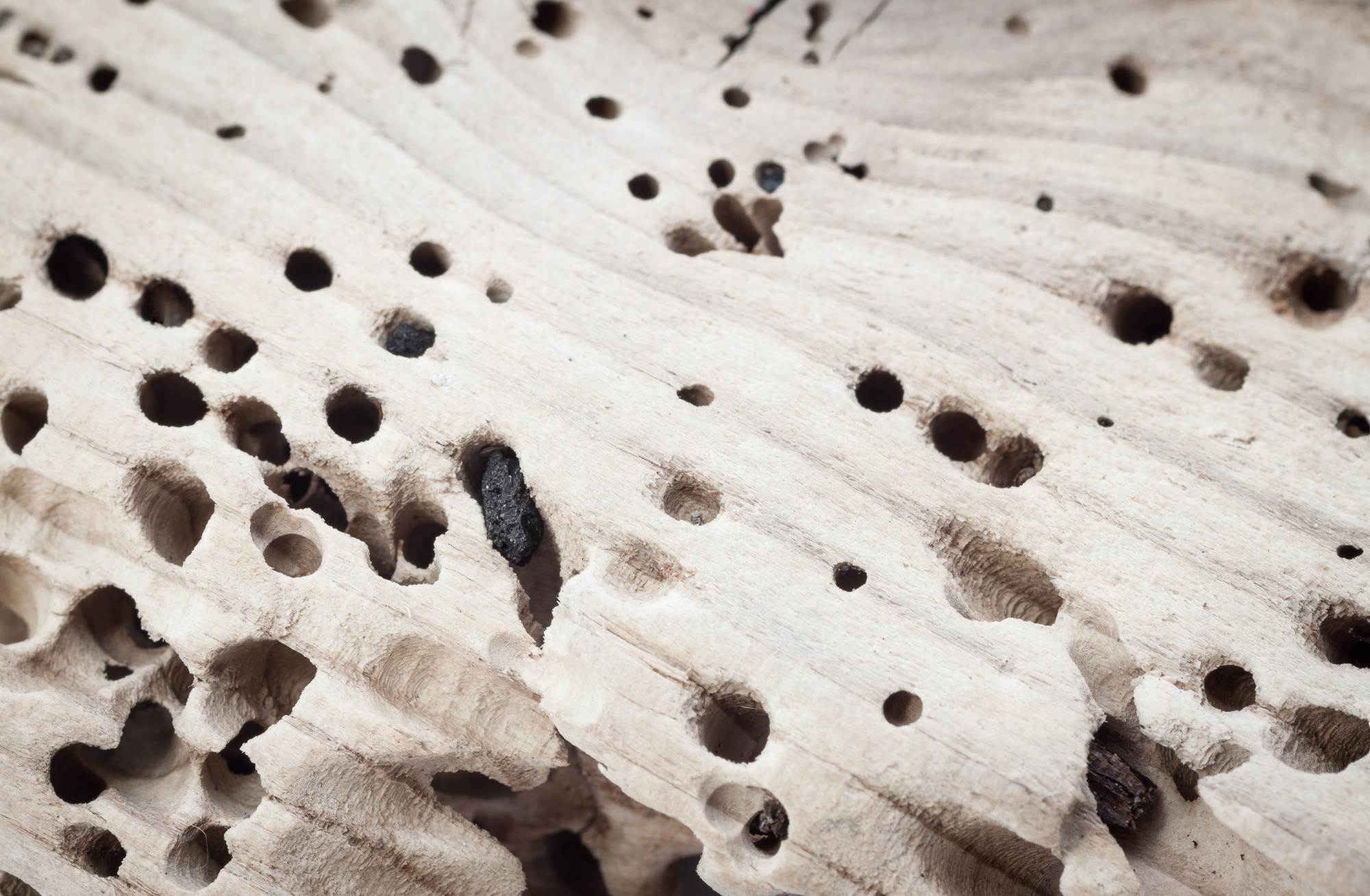Deck Refinishing 101: How to Refinish Your Deck like a Pro

The average American only spends five percent of his or her time outside. Imagine having a beautiful backyard – would you spend more time outside? If you said yes, it’s time to take a look at your deck and turn it into the entertainment area it’s meant to be.
Revive your old weathered deck and make it new again. All you need is a little knowledge and a plan. Get started with this complete guide to deck finishing.
Inspection, Repair, and Cleaning
Before you start anything, you need to give your deck a thorough inspection. Look for any structural issues or loose boards, and you also want to look for split or rotted wood. Replace damaged boards before you start anything else.
After you are sure that your deck boards are in good shape, you will need to clean your deck. The approach you take depends on your deck’s current finish and what look you want from the finished product.
If your current deck is varnished or painted and you want a wood stained deck, you will need to strip off the varnish or paint. You will then need to clean and sand the deck before staining. If you are going to paint over the current paint, the process is pretty simple: clean, sand, and then repaint.
If your deck has a wood stain whether its a clear sealer, transparent, or semi-transparent, you should clean the deck’s surface before sanding. You won’t need a paint stripper. Choose an oxygen-based cleaner designed to remove mildew stains on wood.
Power Washing
The wood needs a good deep cleaning and that is one of the most important steps of refinishing. This step is vital, but it can also cause issues. You can get your deck cleaned or ruin your deck boards quickly, depending on if you do it the right way.
It’s all about the power of the pressure washer. You don’t want to use too much water pressure because you can etch the wood and destroy the boards. Without enough pressure, the deck will be wet but it isn’t cleaned deeply enough.
You should use the lowest pressure possible that will still effectively clean your deck. This means you need to know the type of wood you have. You should clean with 500 to 600 psi on soft woods like cedar or pine, but clean using 1200 to 1500 psi on harder woods.
Sanding Correctly
Now that your deck is nice and clean, it’s time to let it dry. The wood fibers probably expanded with all the water. These fibers may stay raised and ultimately splinter so that is why you must sand before you stain for professional results.
A random orbital sander will help you sand your deck quickly and properly. You will need to make sure you choose the right sandpaper grit for the best results.
Sandpaper that is too fine creates fine dust that can get packed into the surface pores which prevents the wood from absorbing the stain. Sandpaper that is too coarse can damage the wood especially soft woods.
You need to sand all surfaces including steps and railings. After you complete the sanding, vacuum or sweep the sanding dust before you add the stain.
Selecting the Right Wood Stain
The stain selection is a vital part. You should not cheap out on an inferior stain because you will probably need to restain sooner than with a higher end stain. Don’t let all that hard work go to waste to save a few dollars!
Exterior Wood Stain Products
There are so many stains and paints available – it is overwhelming! Luckily today’s products are one-step applications, combining sealing and color. Semi-transparent stains let you see some of the wood grain through the stain while opaque stains are much more like paint and hide the wood grain.
Your next decision is choosing if you want water-based or oil-based stains. Water-based stains are easier to clean up and apply, but many experts recommend oil-based products because they soak into the wood fibers better and last longer.
The color of the stain will probably look different than the brochure, just like all those paint samples as you put them on the walls. You can buy a couple small samples of stain to apply to your deck before you purchase large amounts and find you are not a fan.
Choosing the Right Brush
You can use paint pad applicators for the larger surfaces, but you will need paint brushes for the detail work. Natural bristle brushes are best for oil-based stains, and synthetic bristle brushes are great for water-based stains. You may need a couple different sized paint brushes.
Natural bristle brushes use horse, ox, or bristles and are softer. These brushes can get soggy when you use water. Synthetic bristle brushes are nylon, polyester, or a blend of the two, and these brushes handle either type of stains but work best for water-based paints and stains.
Applying the Stain
Once you start staining the deck, you will start to see your hard work. Let your deck dry completely for about two days before you begin staining. You should start with the handrails and then work down to the boards.
You will need the paint brushes for this part. When you finish, it’s time to get out the paint pad applicators for the floorboards. You can get faster coverage and get an even application.
Make sure you use a sealer or stain that is water-repellent. You don’t want clear hard finishes like a varnish or polyurethane because the sun’s UV rays will diminish the deck.
Enjoy Your Deck Refinishing
Now you have the proper deck to have a barbeque and spend more time outdoors. Remember preparation is key for the best results. Take your time applying the stain and your deck will look brand new!
Learn more about decks and finding the right materials. Seeing a refinished deck may make you want to build or enhance your deck.
Interested in Other Home Projects?
If refinishing your deck gives you the inkling for more home projects, check out this article on other easy DIY projects. You can also search our other useful tips for your home, family, or business.



